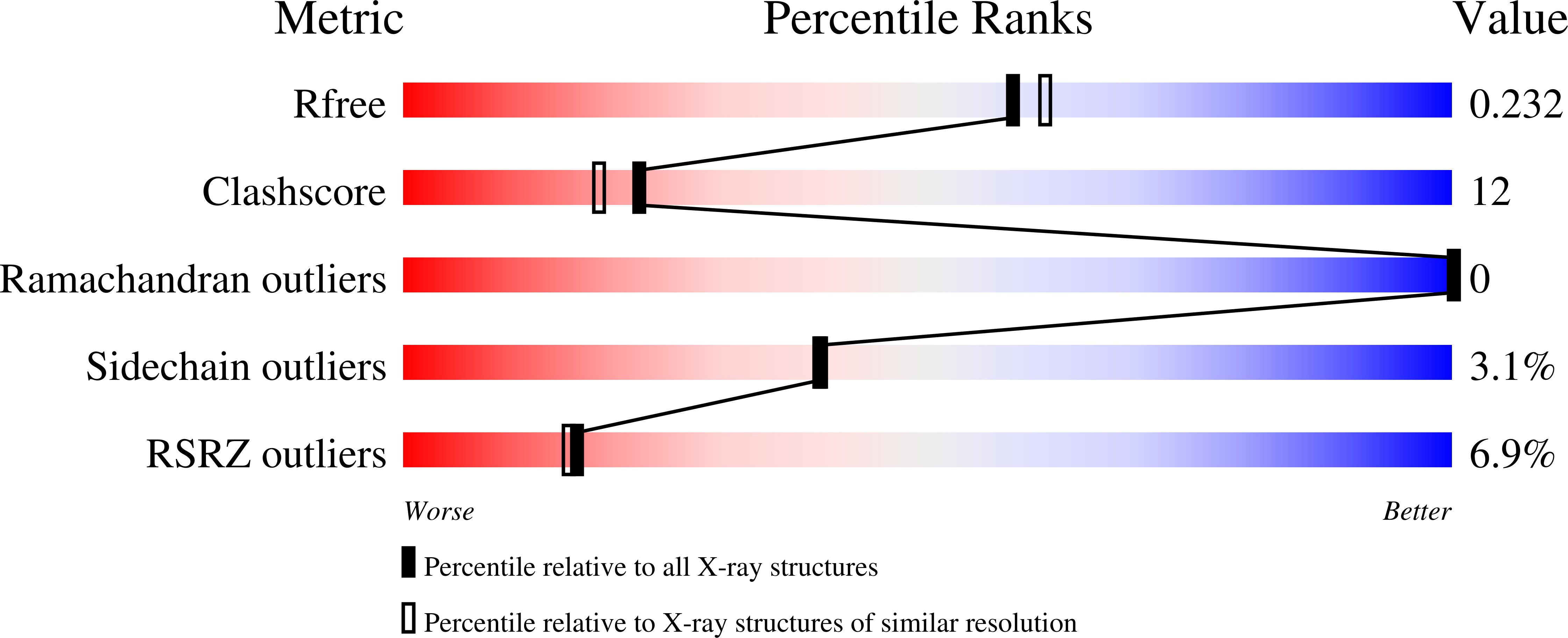
Deposition Date
2001-01-09
Release Date
2001-01-24
Last Version Date
2024-10-30
Entry Detail
PDB ID:
1HW3
Keywords:
Title:
STRUCTURE OF HUMAN THYMIDYLATE SYNTHASE SUGGESTS ADVANTAGES OF CHEMOTHERAPY WITH NONCOMPETITIVE INHIBITORS
Biological Source:
Source Organism:
Homo sapiens (Taxon ID: 9606)
Host Organism:
Method Details:
Experimental Method:
Resolution:
2.00 Å
R-Value Free:
0.23
R-Value Work:
0.20
Space Group:
P 31 2 1


